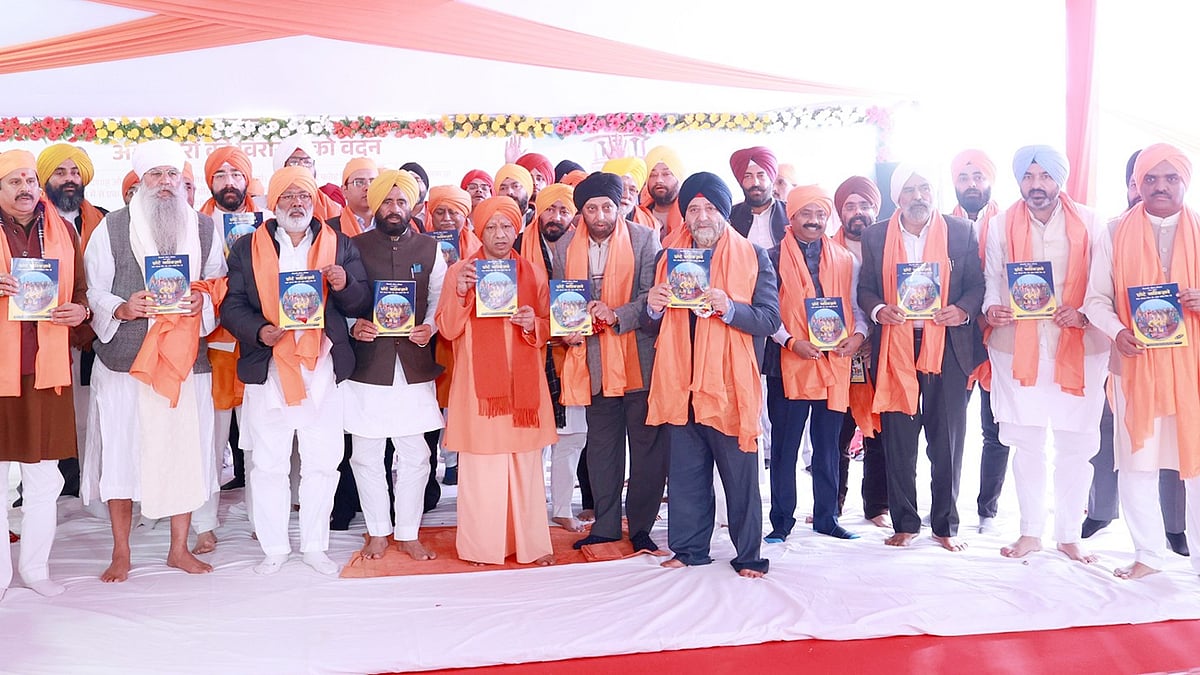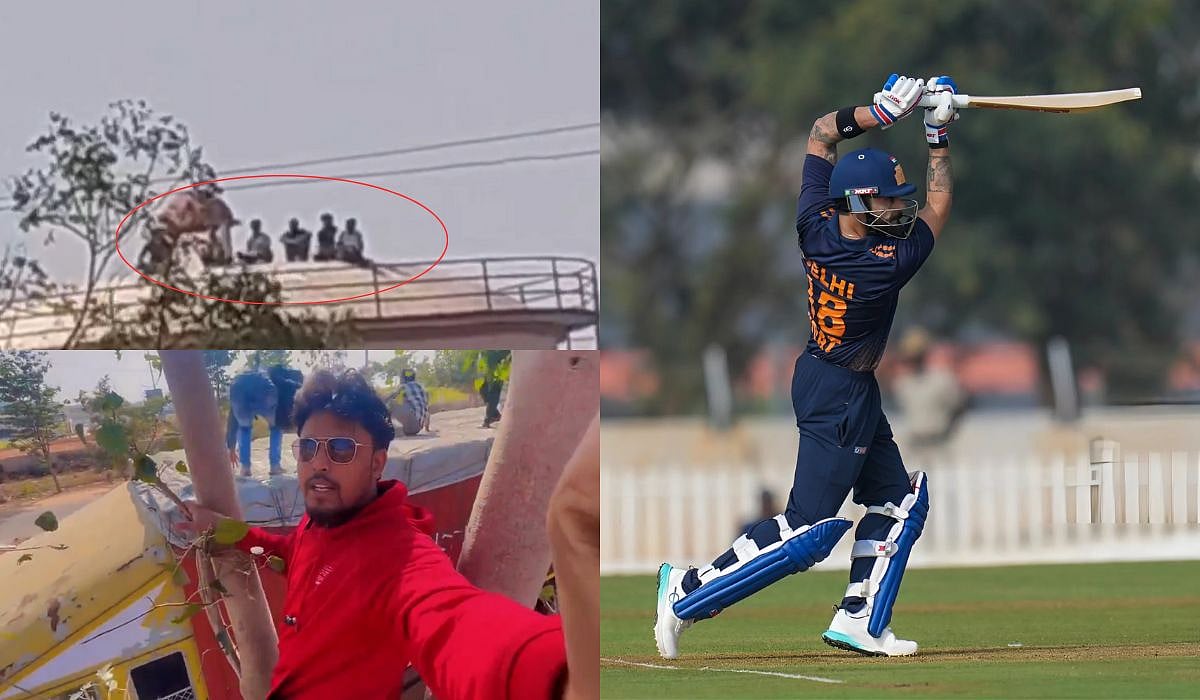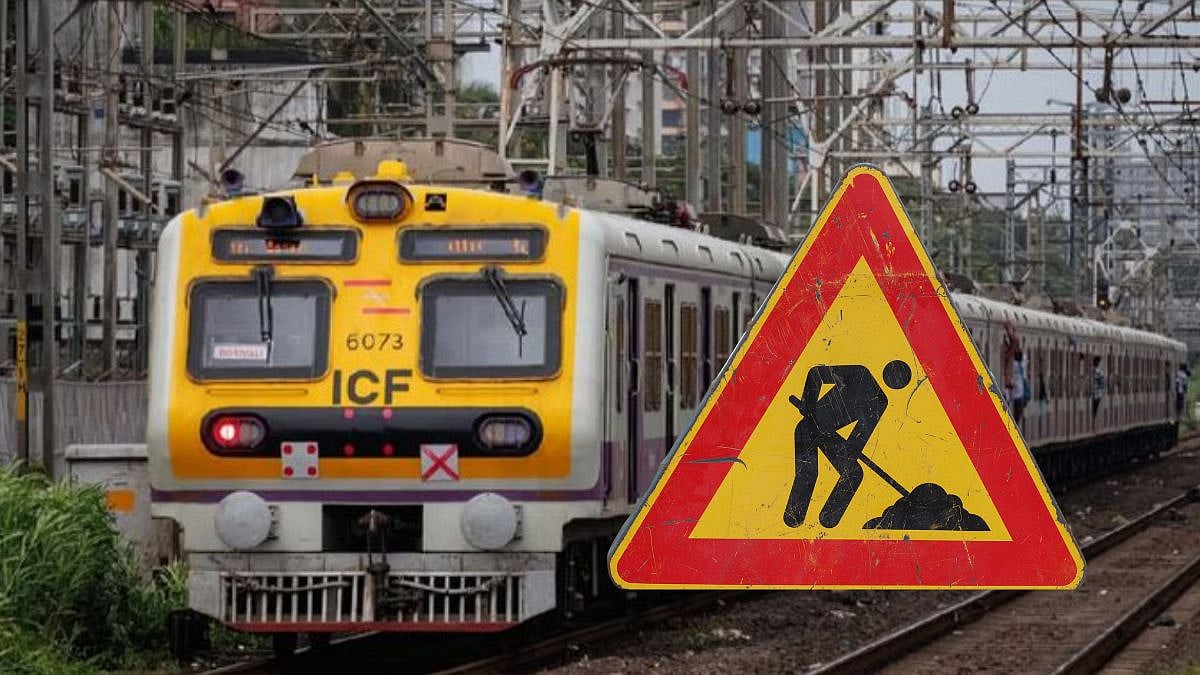Mumbai: As Mumbaikars begin to find their feet again, the question remains, when can Mumbai open up… in its true sense? Across the world, the gating criteria has been that cities have opened up when the number of recoveries majorly surpassed the number of infections. The State has been prudent in phasing out the opening with cautious optimism, and it has been a relief to have the city’s lifeline, suburban trains, back in action. But it now needs to enter a zone of substantial opening-up while managing and reducing further health risks. Needless to say, citizens need to strictly adhere to stipulated public health protocol. Hence, while trying to open up Greater Mumbai and the Metropolitan Region, we will need to incorporate a number of planned short to mid-term interventions:
Moving: Trains should start running at pre-lockdown frequencies to dissolve any crowding in station areas, on platforms and inside trains; station areas will need to be reorganised to prevent localised overcrowding - a 100m radius around stations must be left vehicle-free as holding space for pedestrians, all vehicular pick-ups and drop-offs to be beyond this area; BEST’s policy of one passenger per seat can be supported by substantially augmenting the fleet with all non-operational buses - school buses, contractual buses and any other private buses. Dedicated high occupancy lanes and bus priority lanes can be initiated for discouraging traffic jams of private vehicles.
Working: To reduce travel and indoor crowding, public and private sector offices to work on prescribed staggered timings i.e. start times vary between 6 am and 12 pm, and closing times between 3 pm and 10 pm; offices must strictly run at 50% strength; work from home as far as possible.
Teaching: In addition to online lessons, the education sector can draw upon the television and dedicated channels as a medium for teaching to ensure that children from underprivileged backgrounds have equal opportunities and access to education.
Health: Augment 24/7 fever clinics and testing centres in all ward offices and sub ward beat chowkies, commercial districts, public offices, slums and at public transport hubs with aggressive and sustained tracing and quarantining.
These quick and effective measures may need to be sustained into the long-term depending on the prevailing Covid situation.
The coronavirus pandemic which brought the world to its knees in early 2020 has raised several pertinent questions for Mumbai too. How did one case on 9th March reach a hundred in April and tens of thousands by the end of May? The cause of this surge cannot be simply ascribed to slums, or high densities, or poor sanitation, even though anecdotal evidence may suggest it. We cannot just turn a blind eye to the fact that these are deeprooted Indian urban planning issues which require alleviation. It is unfortunate that it has taken a global pandemic to throw light on these issues.
It has brought the focus back to the importance of a long-term perspective for our city which needs to be monsoon ready, disaster ready, cyclone ready and now pandemic ready! The city’s planning goals need to have a paradigm shift with adequate improvement in planning standards and modifications to Development Control Regulations, irrespective of political economy it serves. We cannot keep believing that monetising land through high FSI and reliance on private builder/developers sector will alleviate the city’s urban issues.
Instead of showing unattainable dreams of pretty apartment blocks to slum dwellers, let us aim and work to provide essential utility trunk infrastructure for water supply and sanitation and social (health, education) amenities to improve quality of life, standard of living and preventing the spread of diseases in general. We do not need to wait for the next pandemic to carry this out. So far, the city has been spared from a catastrophic disaster - we have not seen the huge fatalities like in many European cities - however, the future may not be so kind to us again.
(Pankaj Joshi is Executive Director, Urban Design Research Institute and Founding Trustee, Society for Environment and Architecture, Mumbai)



.jpeg)



